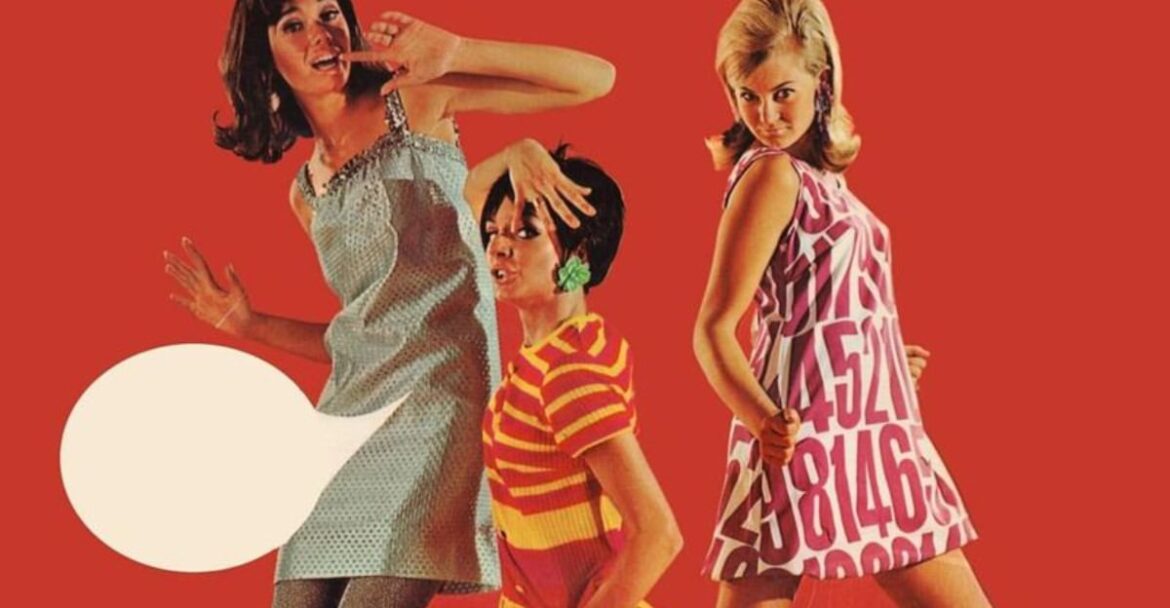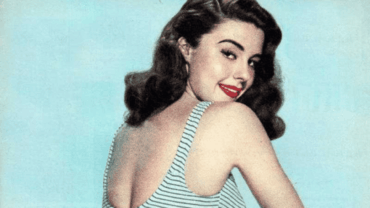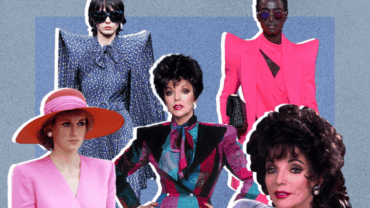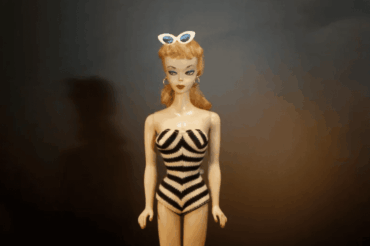Women’s fashion has undergone remarkable transformations from the 1920s to today. Each decade brought a wave of change, reflecting cultural shifts, technological advancements, and evolving societal norms.
From flapper dresses to sustainable fashion, the journey of women’s apparel is a fascinating tale of innovation and creativity. This blog post explores ten crucial ways women’s fashion has evolved over the decades, showcasing the diversity and adaptability of style.
Dive into this captivating exploration of fashion history, uncovering the trends that shaped the wardrobes of women across the globe.
1. 1920s: Flapper Fashion
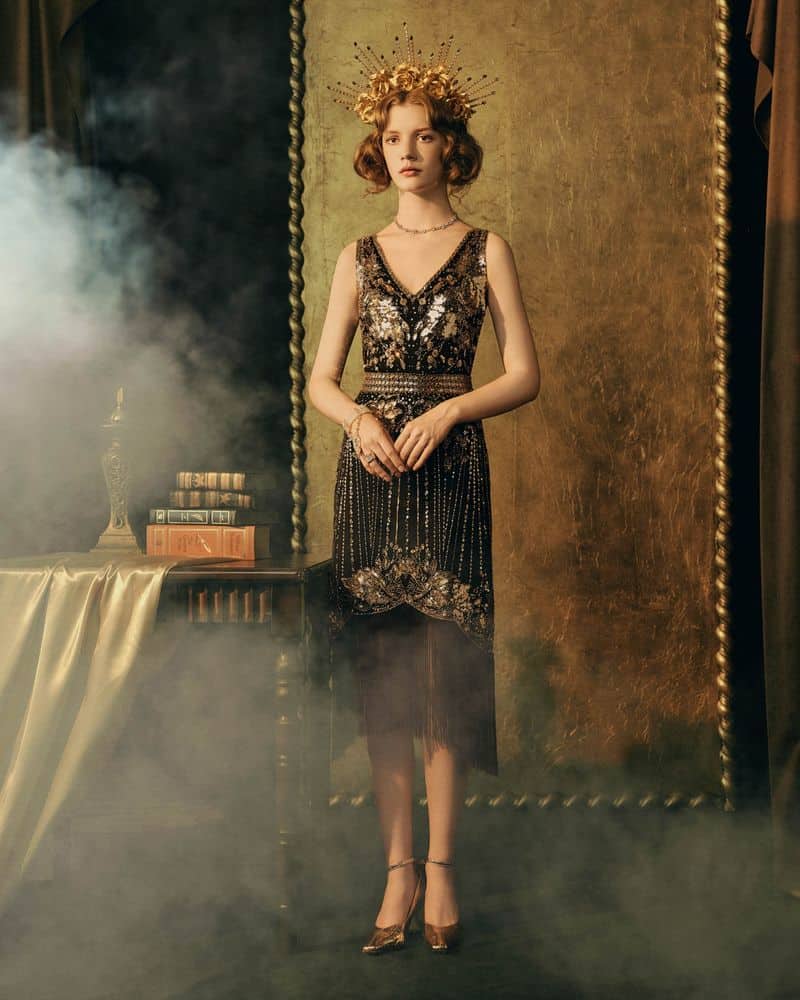
The 1920s marked a dramatic shift in women’s fashion with the rise of the flapper style. Characterized by short hemlines, loose silhouettes, and bold accessories, flapper dresses symbolized newfound freedom and rebellion. Women embraced bobbed haircuts and daring makeup, expressing a break from tradition.
This era celebrated jazz and nightlife, with fashion reflecting the lively spirit of the time. Flapper fashion was more than just clothing; it was a statement of independence and modernity. The relaxed fit allowed women greater freedom of movement, reflecting the societal changes of the roaring twenties.
2. 1930s: Elegance and Glamour
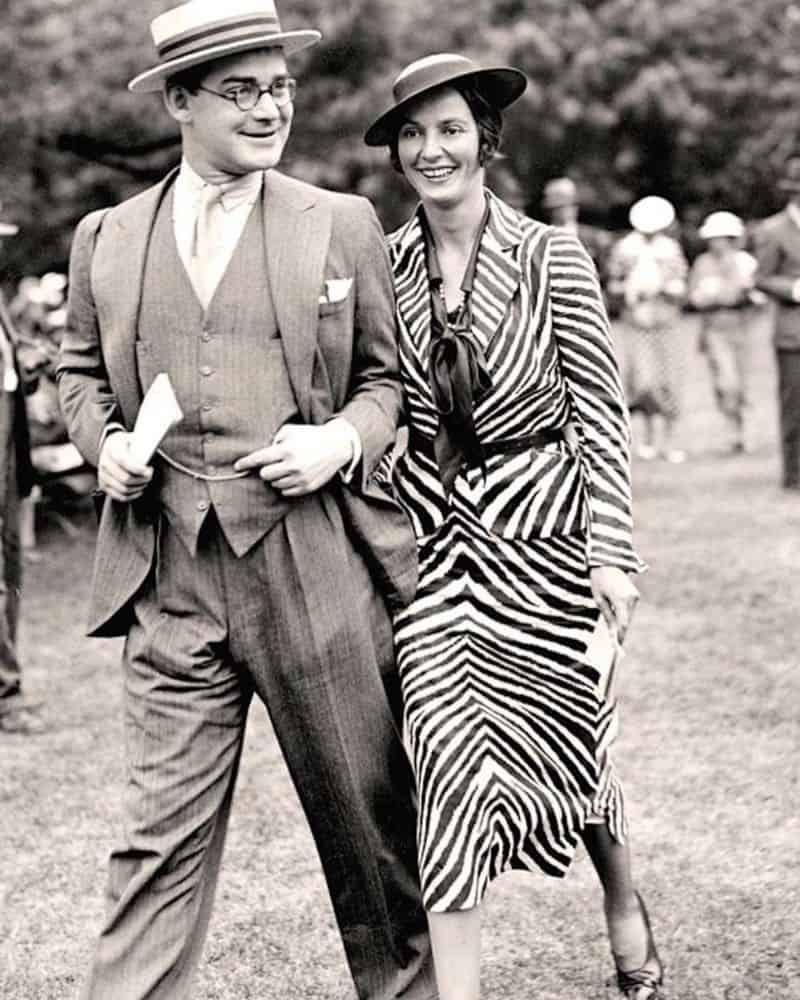
The 1930s saw a return to elegance and sophistication, with fashion embracing more form-fitting and glamorous silhouettes. Evening gowns featured bias cuts, enhancing the natural curves of the body, while luxurious fabrics like velvet and silk became popular.
This decade was influenced by Hollywood’s golden age, with stars setting trends that women eagerly followed. Glamour was the key, with attention to detail in embroidery and embellishments. Daywear also reflected a sense of refinement, with tailored suits and modest hemlines. The 1930s balanced opulence with practicality in women’s fashion.
3. 1940s: Utility and Function
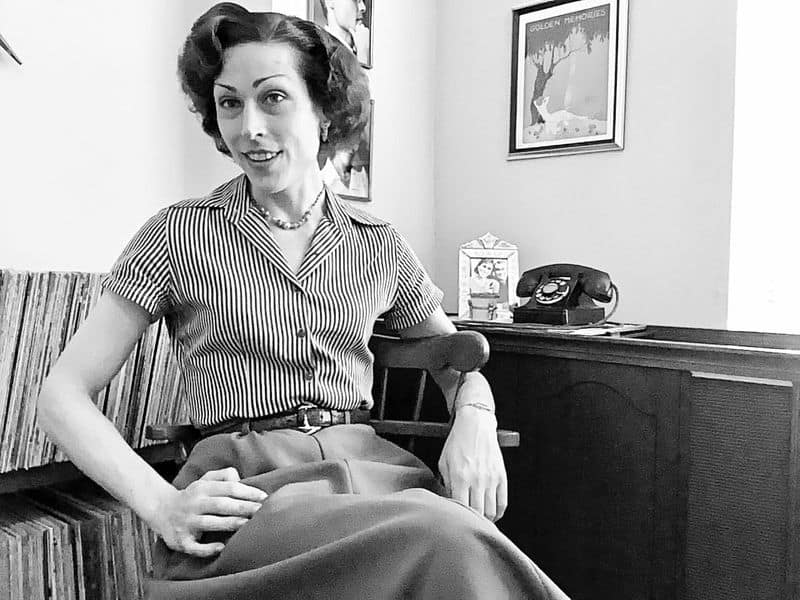
The 1940s brought about a practical approach to fashion due to World War II. Utility and function became the focus, with clothing designed to conserve materials while maintaining style. Dresses were simple with squared shoulders and modest hemlines.
Women adopted trousers more widely, reflecting their roles in the workforce. The “make do and mend” mentality was prevalent, encouraging creativity in repurposing garments. Despite restrictions, fashion still found ways to express individuality, with bold prints and accessories. The 1940s showcased resilience and adaptability in women’s fashion, balancing necessity with style.
4. 1950s: Feminine Revival
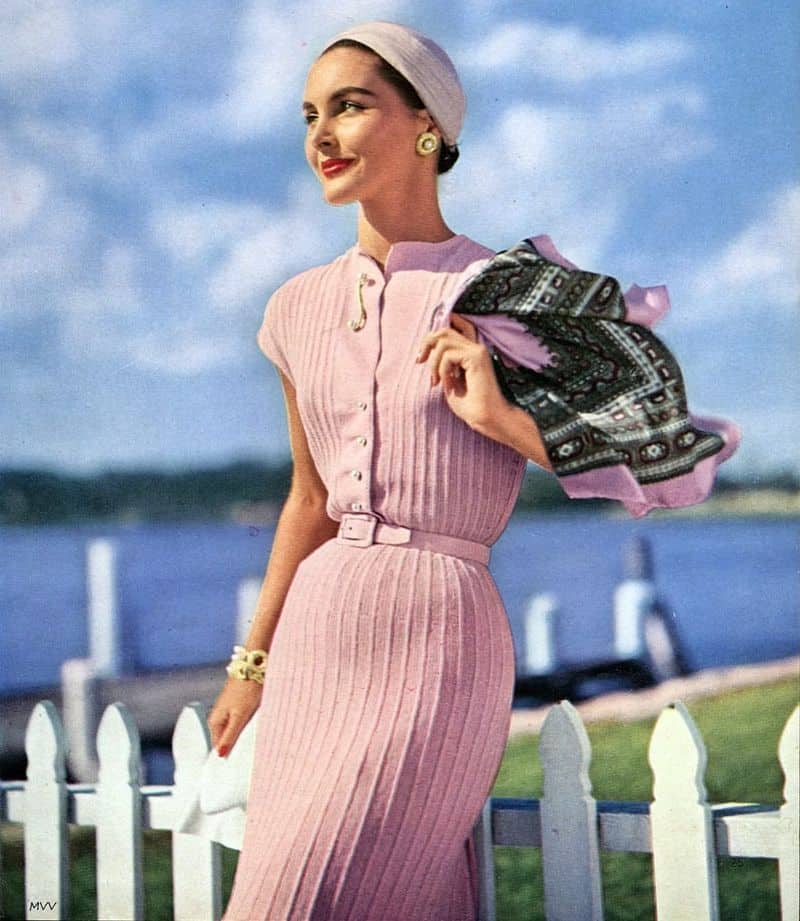
The 1950s marked a return to traditional femininity in fashion. Full skirts and cinched waists were emblematic of this era, emphasizing an hourglass silhouette. Designers like Christian Dior led the way with the “New Look,” which celebrated opulence and femininity.
This period saw a reinvigoration of style, with vibrant colors and playful patterns making a comeback. The post-war economic boom allowed for more luxury in fashion, with an emphasis on quality materials. Women embraced a polished look, reflecting the optimism of the decade. The 1950s were a celebration of classic, feminine aesthetics.
5. 1960s: Youthful Revolution
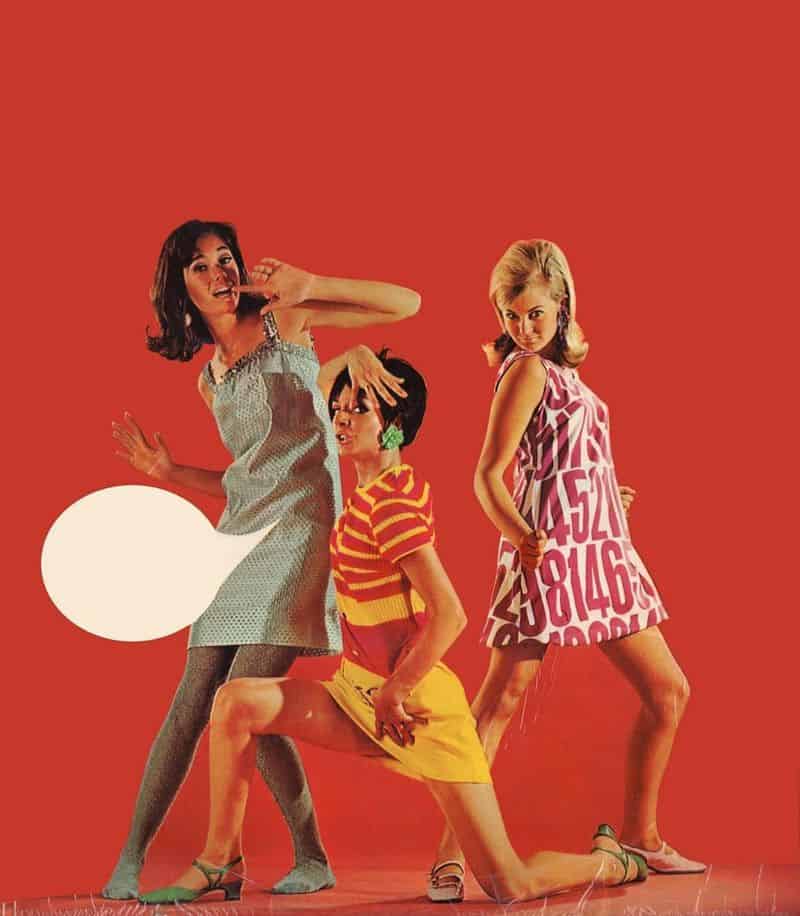
The 1960s brought a youthful revolution to women’s fashion, driven by the cultural shifts of the era. Mini skirts, bold prints, and vibrant colors defined the look, breaking away from conservative styles of the past.
Fashion icons like Twiggy influenced trends, with a focus on experimentation and self-expression. The decade embraced space-age materials and futuristic designs, reflecting an era of innovation. Youth culture was at the forefront, with fashion becoming a tool for social change. The 1960s were a dynamic period, where fashion mirrored the progressive spirit of the time.
6. 1970s: Bohemian Flair
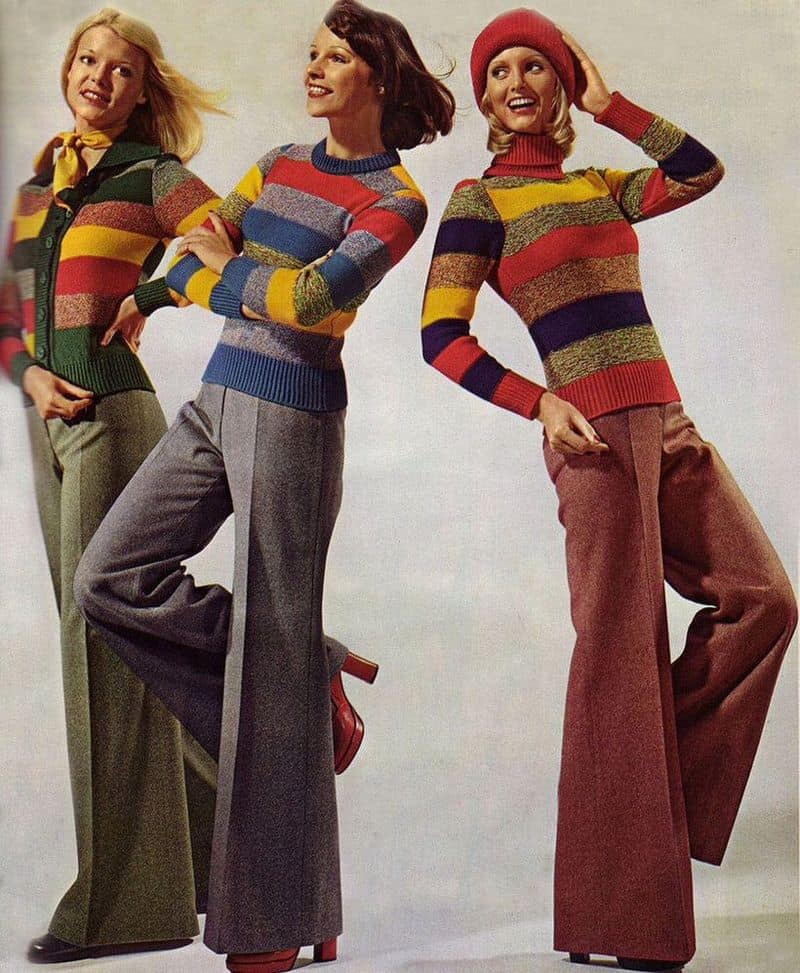
The 1970s celebrated bohemian flair in women’s fashion, marked by a free-spirited and eclectic style. Maxi dresses, bell-bottoms, and ethnic prints became staples, influenced by the hippie movement and counterculture.
Natural fabrics and handmade accessories reflected a connection to nature and individuality. This era embraced diversity in style, with a mix of retro and ethnic influences. Fashion became a platform for personal expression and cultural fusion. The 1970s were an adventurous time in fashion, where boundaries were pushed, and creativity flourished in every aspect of style.
7. 1980s: Power Dressing
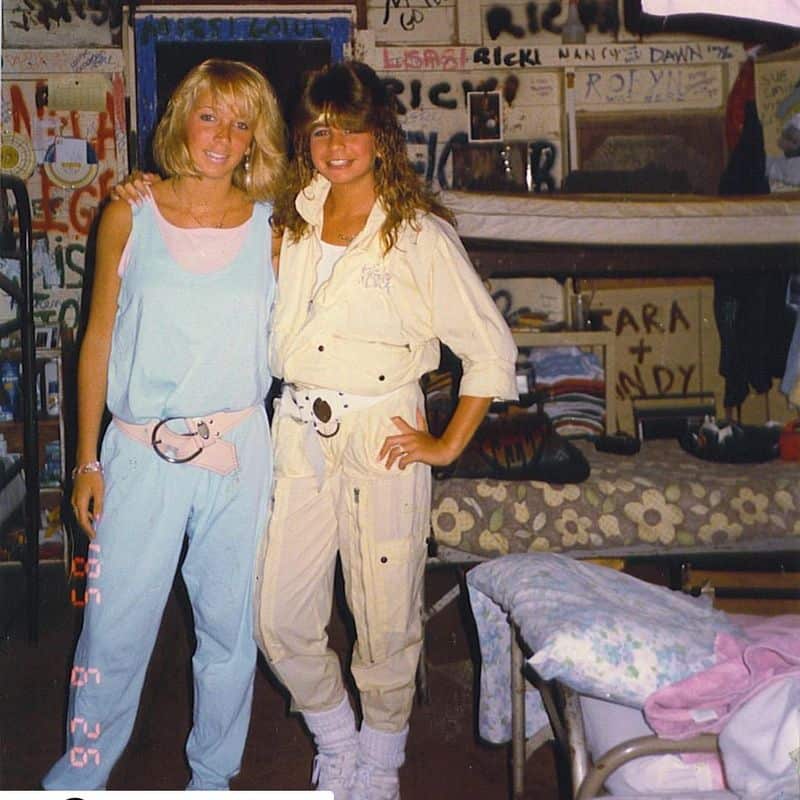
The 1980s introduced power dressing, with fashion reflecting the ambition and assertiveness of the decade. Women donned tailored suits with shoulder pads, exuding confidence in corporate settings. Bold colors and dramatic styles defined the era, making fashion a statement of empowerment.
The influence of music and pop culture was evident, with trends like neon colors and oversized accessories. Fashion icons like Madonna and Princess Diana set the tone, inspiring individuality and boldness. The 1980s were a transformative period for women’s fashion, where clothing became synonymous with strength and confidence.
8. 1990s: Minimalist Chic
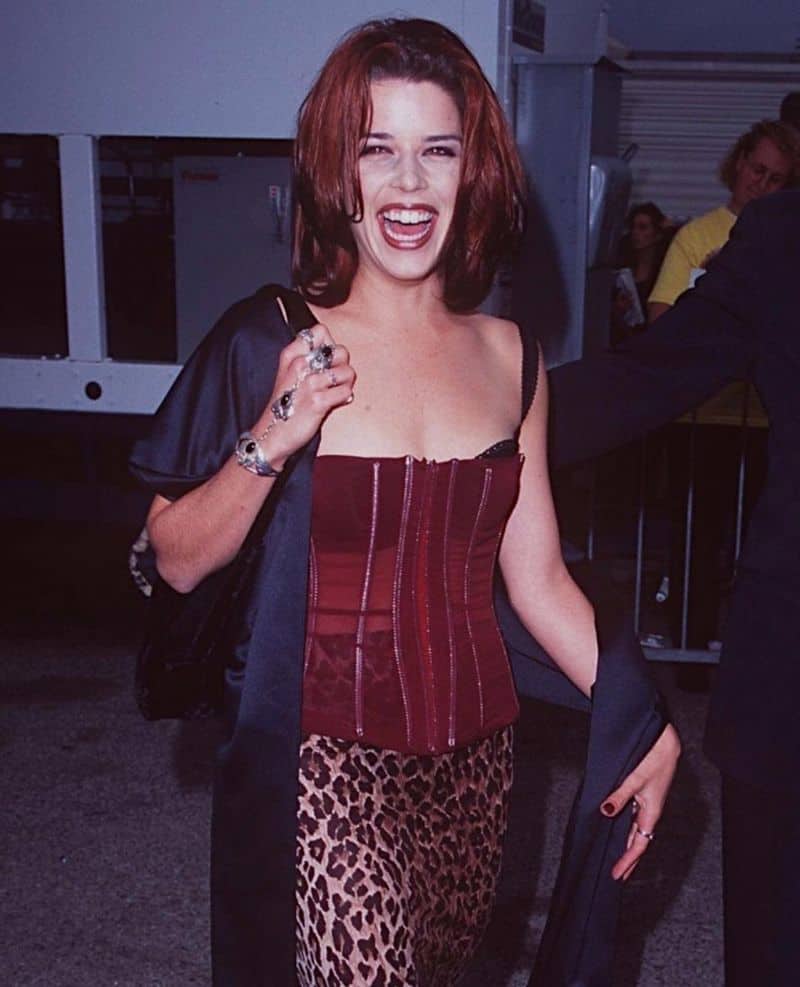
The 1990s embraced minimalist chic in women’s fashion, focusing on simplicity and understated elegance. Slip dresses, neutral tones, and clean lines defined the look, offering a stark contrast to the excess of the previous decade.
Grunge and streetwear also made their mark, with a laid-back and casual approach. The era celebrated individualism, with fashion becoming more accessible and diverse. Supermodels became cultural icons, embodying the minimalist aesthetic. The 1990s were a period of subtle sophistication, where less was more, and fashion emphasized authenticity over extravagance.
9. 2000s: Eclectic Mix
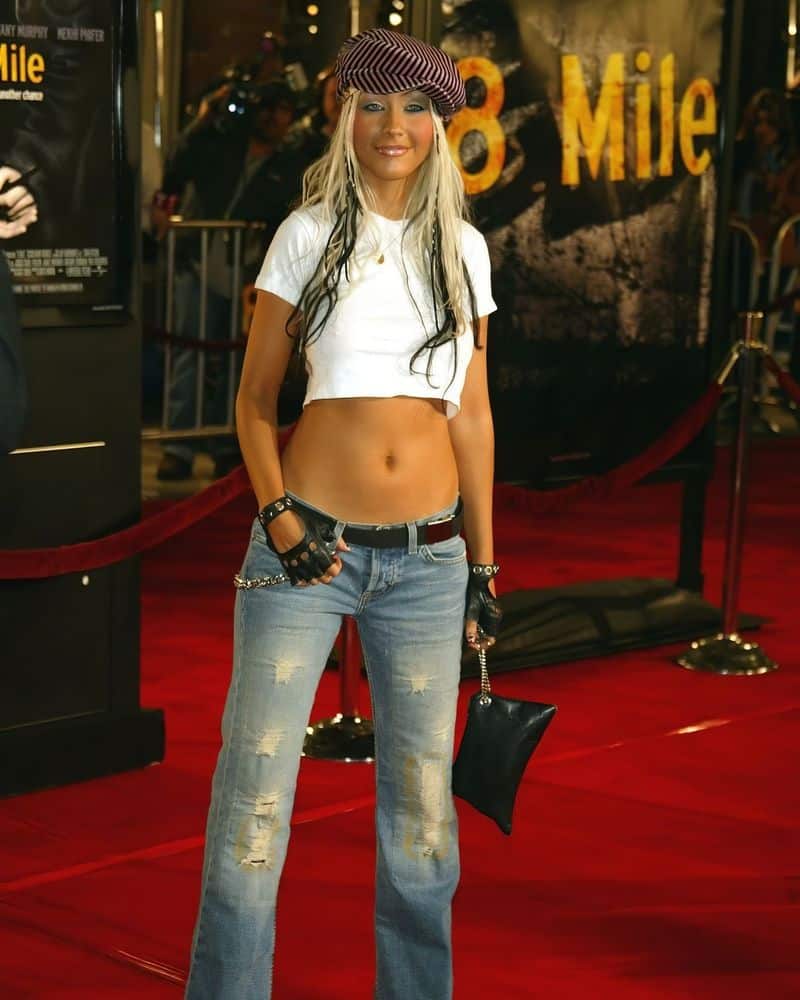
The 2000s embraced an eclectic mix of styles, with fashion drawing inspiration from multiple sources. Low-rise jeans, graphic tees, and bold accessories were popular, reflecting a playful and experimental approach.
The rise of fast fashion made trends more accessible, encouraging a blend of high and low fashion. Technology played a role, with online shopping and fashion blogs influencing style choices. The 2000s were a time of exploration in fashion, where individuality was celebrated, and trends changed rapidly. Fashion became more inclusive, reflecting the diverse voices and preferences of the time.
10. 2010s to Today: Sustainable Fashion
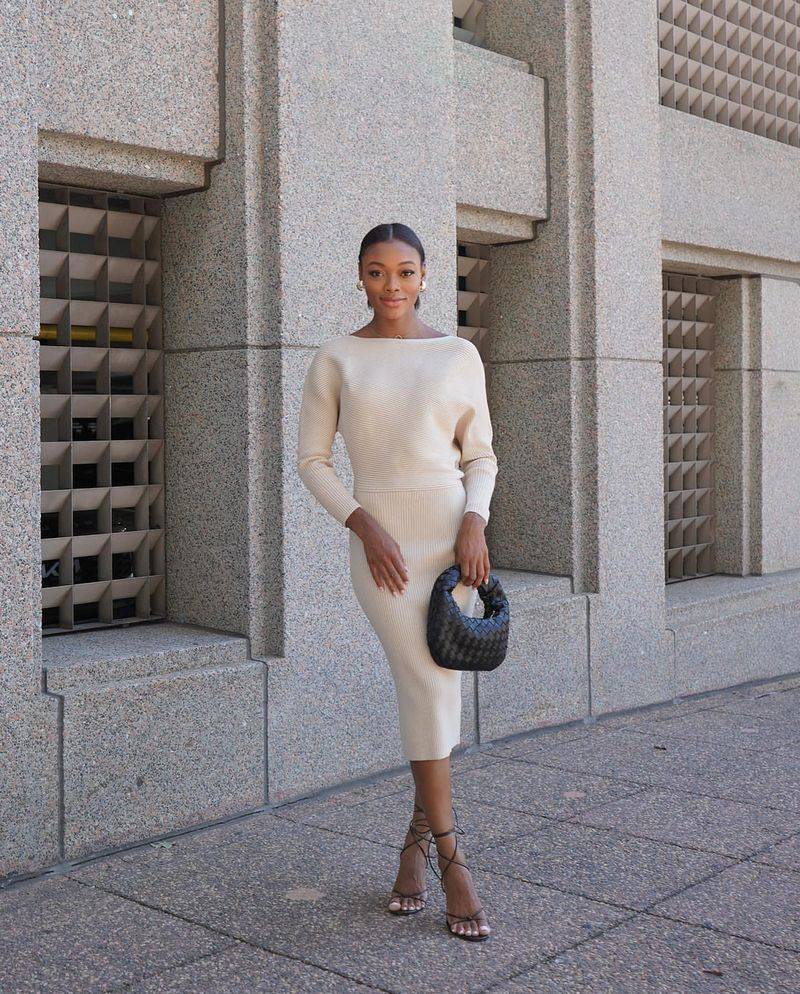
From the 2010s onwards, sustainable fashion has gained prominence, reflecting growing environmental awareness. Designers focus on eco-friendly materials and ethical practices, reshaping the industry towards sustainability.
The rise of social media has democratized fashion, allowing voices from all backgrounds to influence trends. Personalized and conscious consumerism is at the forefront, with an emphasis on quality over quantity. The fashion industry is evolving to meet the demands of a more informed and environmentally-conscious audience. Today’s fashion is a testament to innovation, where sustainability is not just a trend but a necessary evolution in style.
